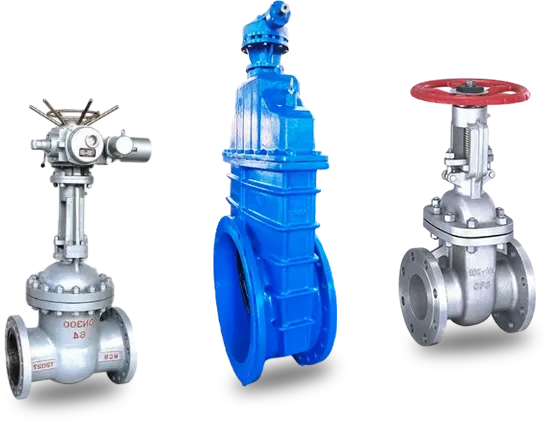types of gaskets for flanges
Types of Gaskets for Flanges
Gaskets play a vital role in ensuring the integrity of flange connections in various industrial applications. They serve as a sealing element, preventing leaks of liquids and gases between two mating surfaces. The right gasket type is crucial for achieving optimal performance and longevity of the flanged joint. Below are some commonly used types of gaskets for flanges
1. Ring Gaskets
Ring gaskets are popular for their simple design and effectiveness. Typically made from materials like rubber or metal, they fit into a groove on the flange face. This design ensures even pressure distribution, which enhances the sealing capability. They are often used in low-pressure applications.
2. Full Face Gaskets
Full face gaskets cover the entire flange face and are usually made of materials such as compressed non-asbestos fibers, rubber, or PTFE (Polytetrafluoroethylene). They are particularly suitable for applications involving large flange sizes and harsh environments since they provide superior sealing capabilities and can compensate for minor imperfections in the flange surfaces.
These gaskets are manufactured from a blend of organic fibers and fillers bound by a rubber matrix. Compressed fiber gaskets are versatile and can withstand a wide range of temperatures and pressures. They are commonly used in oil and gas, chemical processing, and waterworks applications.
types of gaskets for flanges

4. Metal Gaskets
Metal gaskets, including spiral wound and Kammprofile gaskets, are designed for high-temperature and high-pressure applications. Spiral wound gaskets consist of alternating layers of metal and filler material, offering excellent recovery and sealing properties. Kammprofile gaskets feature a solid metal core with concentric grooves and provide reliable sealing under extreme conditions.
5. PTFE Gaskets
Polytetrafluoroethylene (PTFE) gaskets are highly resistant to chemicals and extreme temperatures, making them ideal for use in the pharmaceutical and food industries. They are also known for their non-stick properties, which prevent substances from adhering to their surfaces, thereby enhancing cleanliness and ease of maintenance.
6. Rubber Gaskets
Rubber gaskets are commonly used for their flexibility and resilience. They are typically used in low-pressure applications and are effective for sealing water pipes and HVAC systems. Various rubber compounds can be chosen depending on the specific media to ensure compatibility and longevity.
Conclusion
Selecting the appropriate type of gasket for flanges is crucial for maintaining the integrity of connections in various applications. By considering the material properties, application requirements, and environmental conditions, one can choose the right gasket to prevent leaks and ensure efficient operation. Understanding the different types of gaskets enhances the longevity and reliability of piping systems across industries.
-
The Key to Fluid Control: Exploring the Advantages of Ball Valves in Industrial SystemsNewsJul.09,2025
-
The Versatile World of 1, 2, and 3 Piece Ball ValvesNewsJul.09,2025
-
Stainless Steel Ball Valves: The Ideal Choice for Efficient Flow ControlNewsJul.09,2025
-
Optimizing Fluid Control with Ball Float ValvesNewsJul.09,2025
-
Manual Gate Valves: Essential for Control and EfficiencyNewsJul.09,2025
-
Everything You Need to Know About Butterfly ValvesNewsJul.09,2025
-
The Versatility of Wafer Type Butterfly ValvesNewsJul.08,2025




